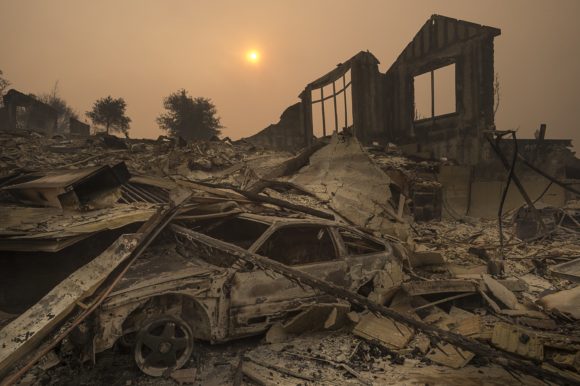 Canada will appeal the WTO panel decision allowing the US to use “zeroing” to calculate anti-dumping tariffs, while a ruling on the more significant countervailing duties is still to come. In other Business news: the federal and Ontario governments go to court over the validity of the fed’s carbon tax; NRCan invests in UNB’s climate adaptation technology; and Maine invests in wood insulation and in wood fuel from biomass.
Canada will appeal the WTO panel decision allowing the US to use “zeroing” to calculate anti-dumping tariffs, while a ruling on the more significant countervailing duties is still to come. In other Business news: the federal and Ontario governments go to court over the validity of the fed’s carbon tax; NRCan invests in UNB’s climate adaptation technology; and Maine invests in wood insulation and in wood fuel from biomass.
In caribou news: FPAC’s Derek Nighbor responds to an NRDC letter in the Washington Post; while industry concerns are aired in the local Vanderhoof and Revelstoke newspapers.
Finally, the cement and concrete industry are at it again – ‘whack a mole‘ style.
Kelly McCloskey, Tree Frog Editor


















